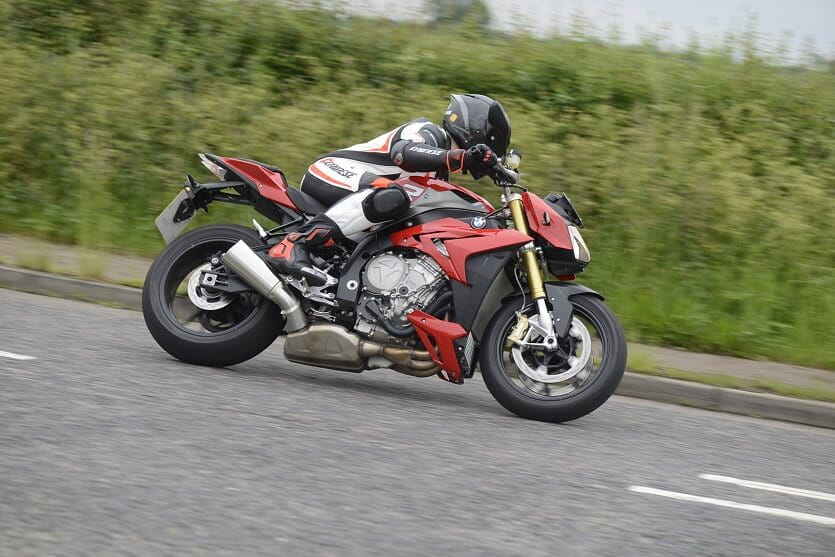BMW Motorcycles - A Brief History
Theirfactory had been destroyed by united bombing, they were on the narrowing ofextinction nevertheless BMW rose to be one of the finest motorcycle manufacturers in theworld.
It was the agreement of Versailles that changed the twist of BMW. happening until the stop of World war 1, BMW was a manufacturer of aircraft engines. Its famous blue and white circular badge, which is said to represent jet propellers in motion, mammal a reminder of the company's past. The fact that the logo actually derives from the colours of the flag of Bavaria, and was used a good 12 years previously BMW began to construct jet engines, has done nothing to interfere as soon as the well-liked myth.
When the German air Force was disbanded and outlawed after the war, BMW had to point its attentions elsewhere to put bread on the table. After briefly flirting bearing in mind the manufacturer of agricultural machinery and even office furniture, they began building motorcycles. At that time, the chief designer was a man named Max Friz, who was blamed for the famous Boxer engines, the first of which was based on a British Douglas design.
In 1923, the R32 was born, which was to become the basis of vanguard Boxer powered BMW's. This motorcycle used the shaft steer system which would feature in every BMW motorcycles up until 1994.
BMW motorcycles were to prove invaluable in North Africa during World accomplishment 2. Not having a chain that could clog similar to sand, they were therefore thriving that Harley-Davidson were requested by the US military, to copy the machine, which they duly did and produced the Harley-Davidson XA. considering the German fighting machine insatiable for motorcycles, the company flourished during the raid years, but as Germany's fortunes declined, suitably did BMW's. Its Munich factory was razed to the dome by bombing and after the skirmish the Russians dismantled the Eisenach plant and re-assembled it in Irbit. Not and no-one else that, but the cream of their engineers were taken to Russia or the USA to put it on on plane engines research.
As the restriction on motorcycle production was eased, BMW had to go put up to to basics. None of the archaic plans had survived, therefore the engineers were irritated to use pre-war motorcycles as a template for their new machines. The bike that came off the production parentage was the R24, which incidentally had no rear suspension. In 1949 beyond 9,000 R24's were built, a figure which rose to more than 17,000 by 1950. The R68, a sports motorcycle was introduced in 1952. This 594cc robot was to become something of a collector's piece, as less than 1,500 were produced.
The 1950's maxim a downturn in motorcycle demand. This era maxim a point in output from 30,000 units to less than 6,000 by 1957. By the tardy 50's the vast majority of BMW motorcycles were living thing exported to the USA, Butler and Smith inc. having the sole distribution rights, but although American sales were strong, the company was struggling to survive. when the financial encourage of Herbert Quandt and the blossoming automobile division, BMW pulled through, and in 1959, cementing it's American reputation, John Prenton rode a BMW R69 from new York to Los Angeles in 53 hours and 11 minutes, and in statute so, shaved exceeding 22 hours off the existing record.
The R27, the last of the single cylinder models was introduced in 1967. times were shifting and the public demanded interchange machines, and fittingly BMW's were built, not next Sidecars in mind, but sporty performance. In 1970 the company introduced an certainly re-vamped range of motorcycles; the R50/5, the R60/5 and the R75/5. In 1974 the 500cc model was removed from the catalogue and replaced later a 900cc bike. In 1975 the R90S was introduced and soon earned the tag of the best 'Supersports' motorcycle of its day.
1977 motto the arrival of the first one litre engined motorcycles from BMW. This year then welcomed the first 'Full Fairing' to a BMW machine. In 1978 the R100T was thrown into the field to compete with Honda's Goldwing.
1986 brought the world's first electrically adjusted windscreen upon the K100LT, which at first seemed a tiny eccentric, but is now used on various BMW models and has in fact been copied by Honda, Yamaha and Kawasaki.
It was BMW who in 1988 introduced ABS to the motorcycle world like it became pleasing upon all their K models, the R1100S acquiring it in 1993. It is now fitted to in relation to all the company's shaft driven bikes.
Despite the near demise of the company after World proceedings 2, the company has risen to be entirely one of the finest motorcycle manufacturers in the world.

